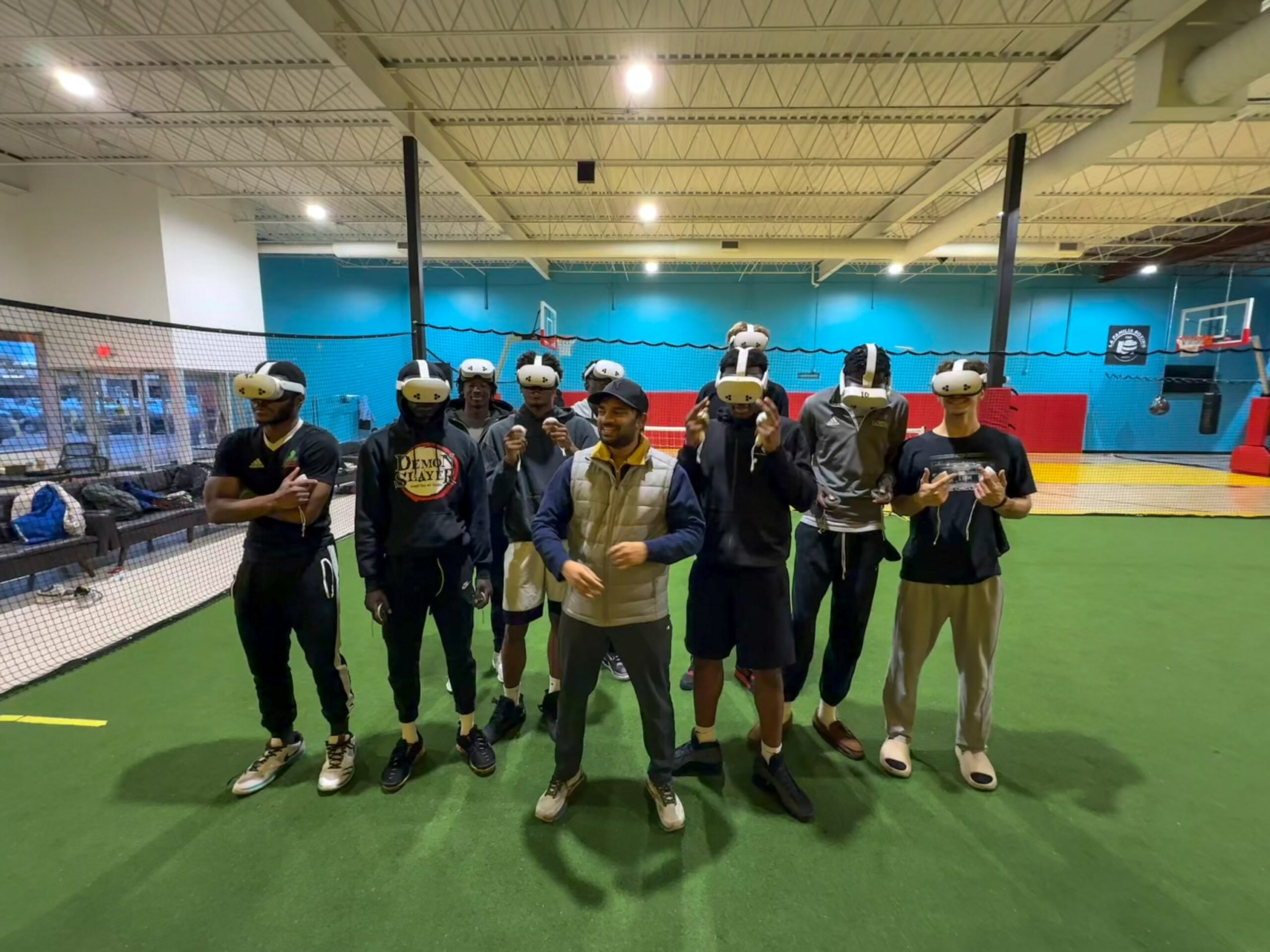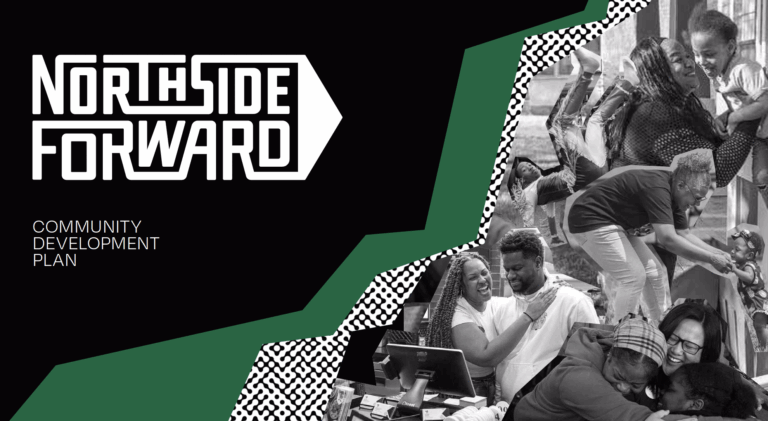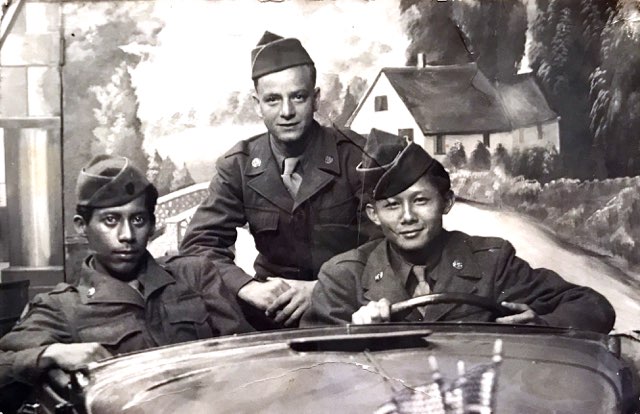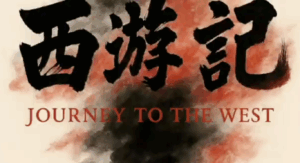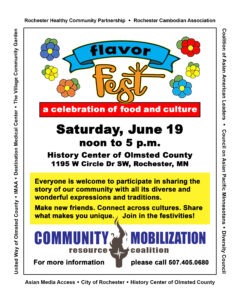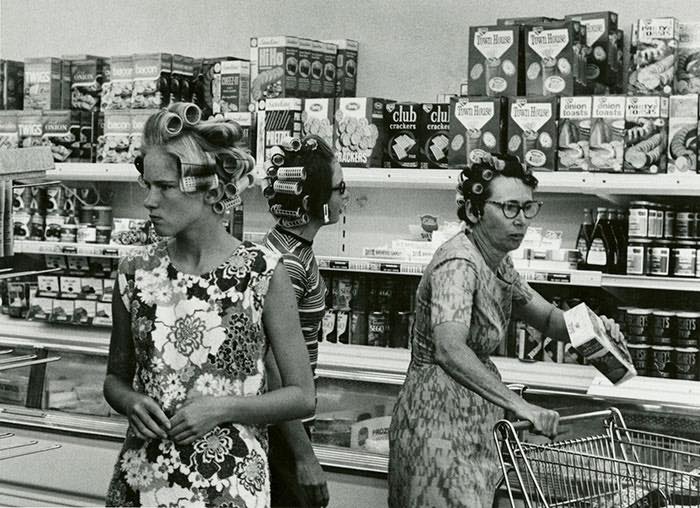 Asian Media Access, in collaboration with the Asian American Business Resilience Network, has been working to redevelop the former St. Paul Sears site since June 2023. During this process, we uncovered the profound and lasting harm caused by the construction of I-94 in the 1960s. This freeway project, closely tied to the Sears building’s development, devastated the Rondo neighborhood—a thriving African American community. Over 700 homes and businesses were demolished to create the freeway trench, an infrastructure project carried out without community input. The scars of this displacement remain deeply embedded in the city’s landscape today.
Asian Media Access, in collaboration with the Asian American Business Resilience Network, has been working to redevelop the former St. Paul Sears site since June 2023. During this process, we uncovered the profound and lasting harm caused by the construction of I-94 in the 1960s. This freeway project, closely tied to the Sears building’s development, devastated the Rondo neighborhood—a thriving African American community. Over 700 homes and businesses were demolished to create the freeway trench, an infrastructure project carried out without community input. The scars of this displacement remain deeply embedded in the city’s landscape today.
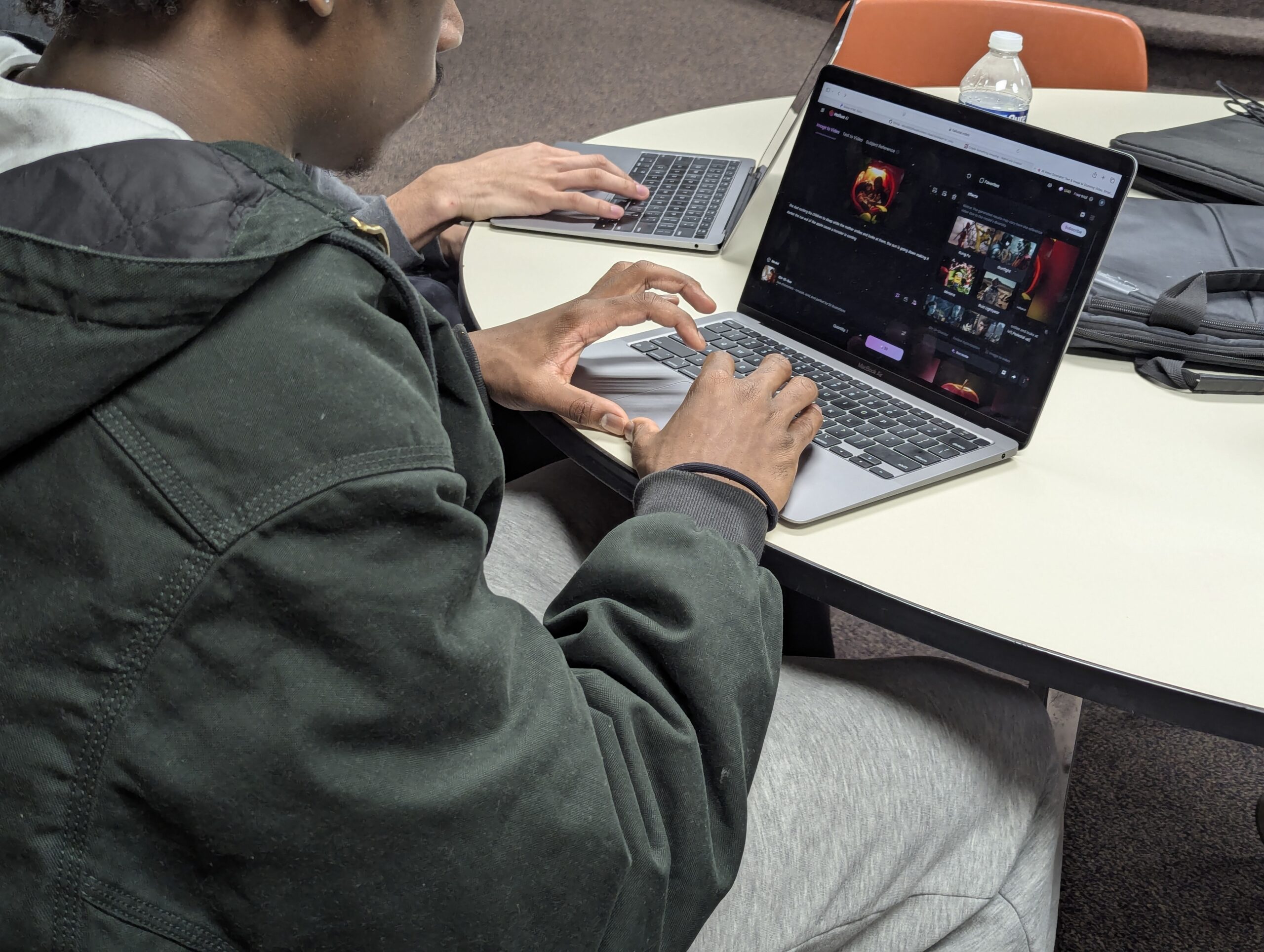 Moved by this history, we sought to create a project that fosters a deeper understanding of the social and racial inequities behind large-scale infrastructure developments while emphasizing the importance of equitable land use and urban planning. Project HOPE is our response: a virtual reality (VR) immersive experience that recreates Rondo’s past and present, offering an interactive journey through its cultural legacy and resilience.
Moved by this history, we sought to create a project that fosters a deeper understanding of the social and racial inequities behind large-scale infrastructure developments while emphasizing the importance of equitable land use and urban planning. Project HOPE is our response: a virtual reality (VR) immersive experience that recreates Rondo’s past and present, offering an interactive journey through its cultural legacy and resilience.
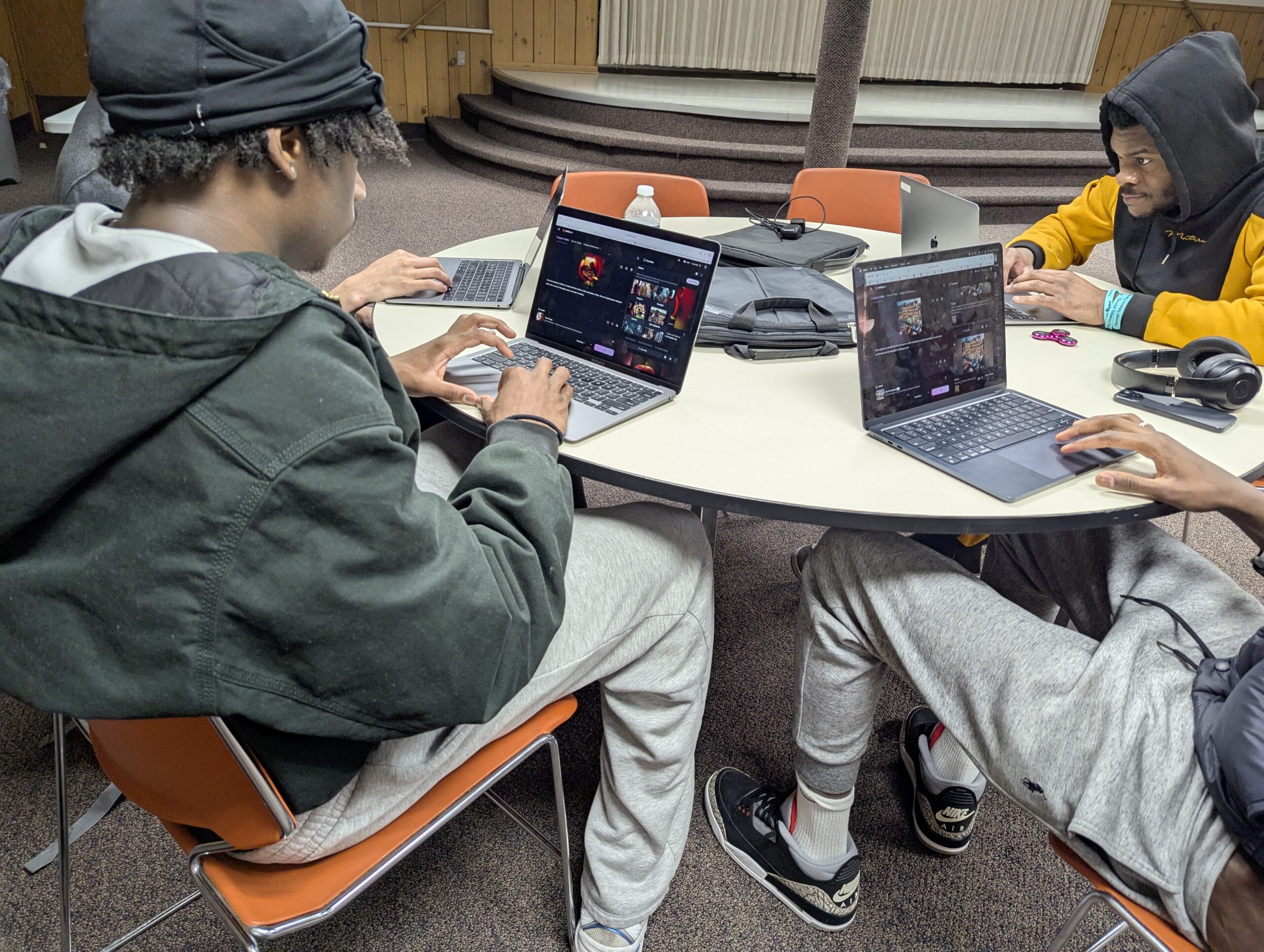 Workforce Development for the Neighborhood
Workforce Development for the Neighborhood
Currently, we are training 18 young adults from the Frogtown and Rondo neighborhoods in cutting-edge technologies like Artificial Intelligence (AI), Augmented Reality (AR), and Virtual Reality (VR). This program not only equips participants with skills in one of today’s fastest-growing fields but also empowers them to contribute to a project advancing social justice and inclusive storytelling.
The VR Immersive Experience
Led by VR artist Vivek Raman, trainees are collaboratively developing a 10-minute VR experience that illustrates the traumatic impact of the I-94 construction on Rondo. The experience will feature:
- Before: A vibrant depiction of Rondo’s 1960s community, using Generative AI to recreate homes, businesses, and cultural landmarks in immersive VR detail.
- During: The upheaval of evictions and demolitions, conveyed through grayscale visuals and stark transitions.
- After: Modern-day resilience, blending 360-degree drone footage of present-day Rondo with narratives of rebuilding.
The VR Exhibition
Participants are using Generative AI tools to craft stories, images, and animations, which will be integrated into Unity for final rendering of the VR exhibition. Artist Kat Lee Thor is designing a series of AR Story Banners that complement the VR exhibition, weaving together diverse Rondo narratives.
The Project HOPE VR exhibition will debut at Union Depot on July 26, 2025, followed by a showcase at the Hallie Q. Brown Community Center—the heart of Rondo since 1929. Through this project, we aim to honor Rondo’s legacy, educate the public about its history, and advocate for equitable urban development that centers community voices.
For more information: 612-376-7715, amamedia@amamedia.org.


